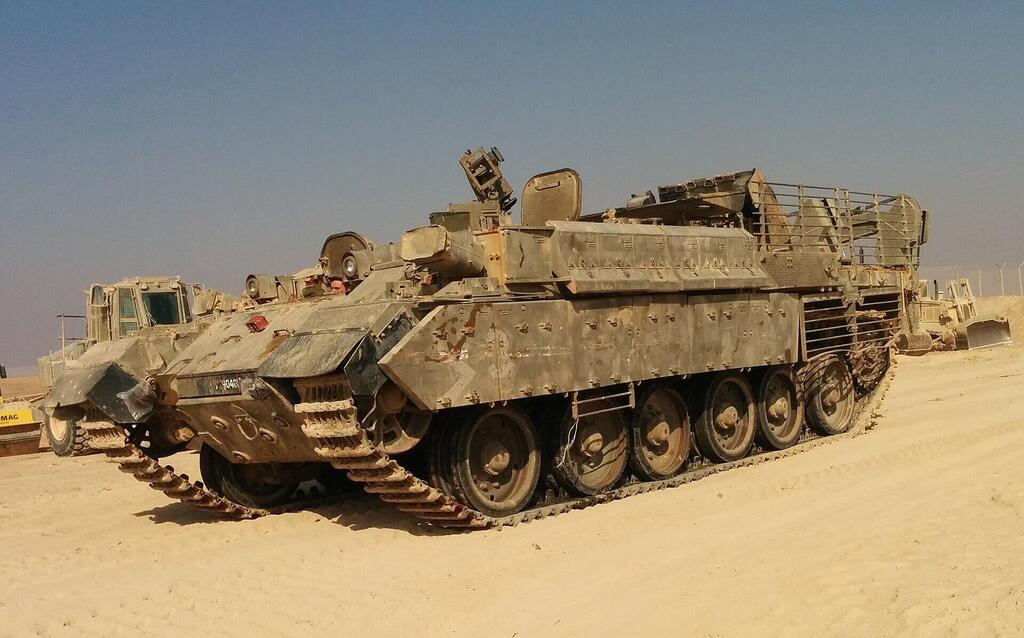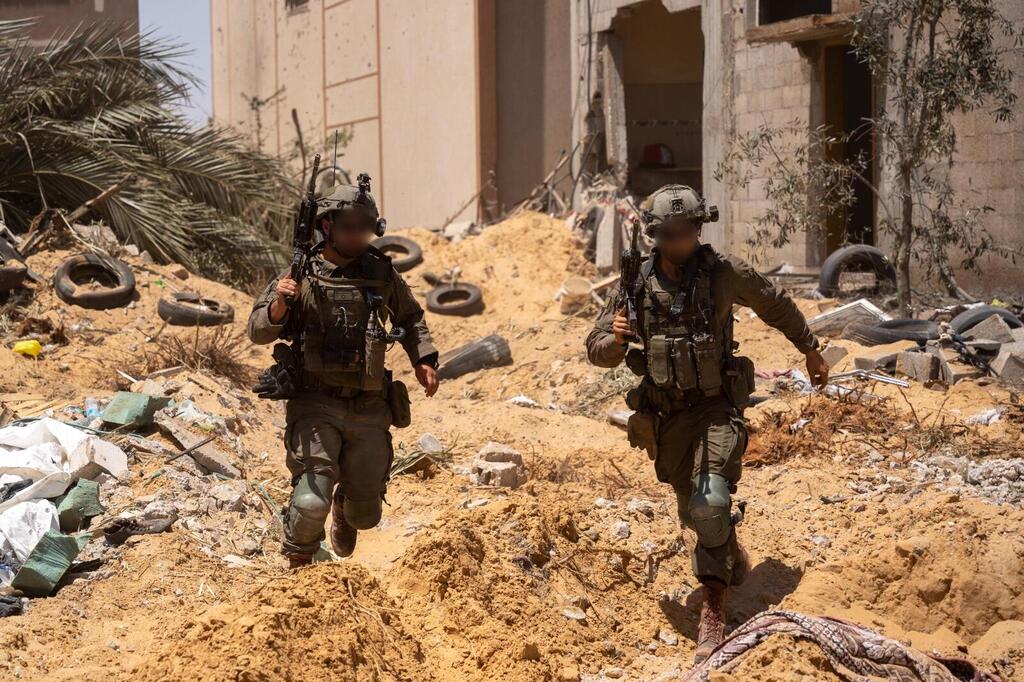6 View gallery
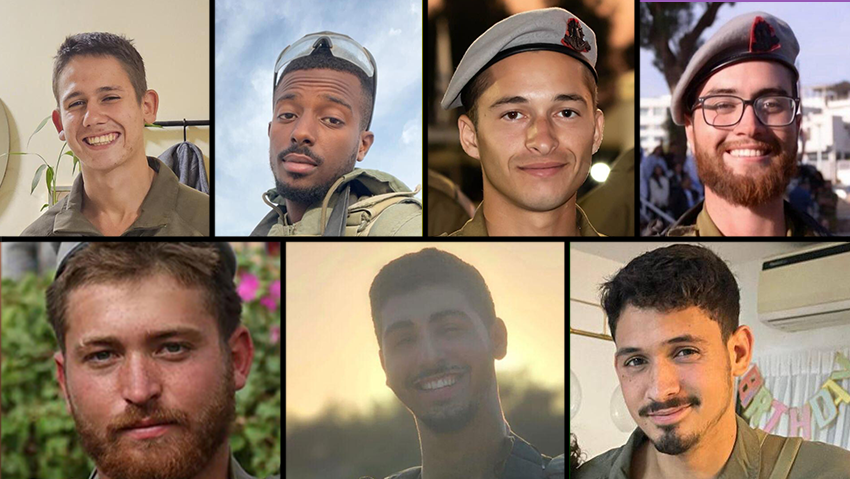

From top left clockwise: Sergeant Ronen Shapiro, Sergeant Shahar Manoav, Sergeant Maayan Baruch Pearlstein, Staff Sergeant Alon Davidov, Staff Sergeant Niv Radia, Staff Sergeant Ronel Ben-Moshe, Lieutenant Matan Shai Yashinovski
(Photo: IDF)
The IDF’s 36th Division and Ground Forces Command examined initial findings from the burned and heavily damaged Puma APC, which was brought back to Israel as part of the ongoing investigation into the deadly incident, currently being led by Southern Command.
A central line of inquiry in the probe is whether explosive weaponry, possibly dozens or even hundreds of kilograms, was brought into the APC alongside the troops, in violation of operational safety procedures and in a manner that endangered their lives.
Throughout the lengthy campaign in Gaza, several similar incidents have occurred involving even more heavily protected APCs, such as Namer and Namerah vehicles. One of the key lessons from those incidents was the need to separate or otherwise more safely handle explosive charges being transported for the destruction of tunnels or buildings during combat.
Since those deadly events—which have claimed the lives of many soldiers since the war began—the IDF has tightened safety measures around the transport of explosives, ensuring that RPG fire or explosive charges targeting IDF vehicles do not trigger secondary explosions, or if they do, that they are relatively isolated from personnel to reduce the risk.
The IDF initially assessed that a large Shawaz explosive device had been attached Tuesday in broad daylight by terrorists to the Puma carrying seven soldiers, none of whom survived. However, footage released as part of Hamas propaganda suggests that contrary to the initial assessment, the Shawaz device was not affixed to the vehicle but rather thrown inside by a terrorist who ran toward it, climbed onto the vehicle and tossed the explosive into the troop compartment through the commander’s hatch—which was open and exposed.
The assailant then fled the scene while filming his actions. The edited propaganda video highlights a key vulnerability in the IDF’s operations over the past two weeks: the limited security of ground forces in Gaza, especially from the air, due to a shortage of drones amid the ongoing campaign against Iran.
No aerial platform detected or intercepted the terrorist, who approached the armored convoy undisturbed and escaped unharmed. The military has attempted to close this gap by deploying more drones, but in this case, the effort failed. The terrorists fled, and the IDF continues to search for them, primarily through intelligence efforts.
6 View gallery
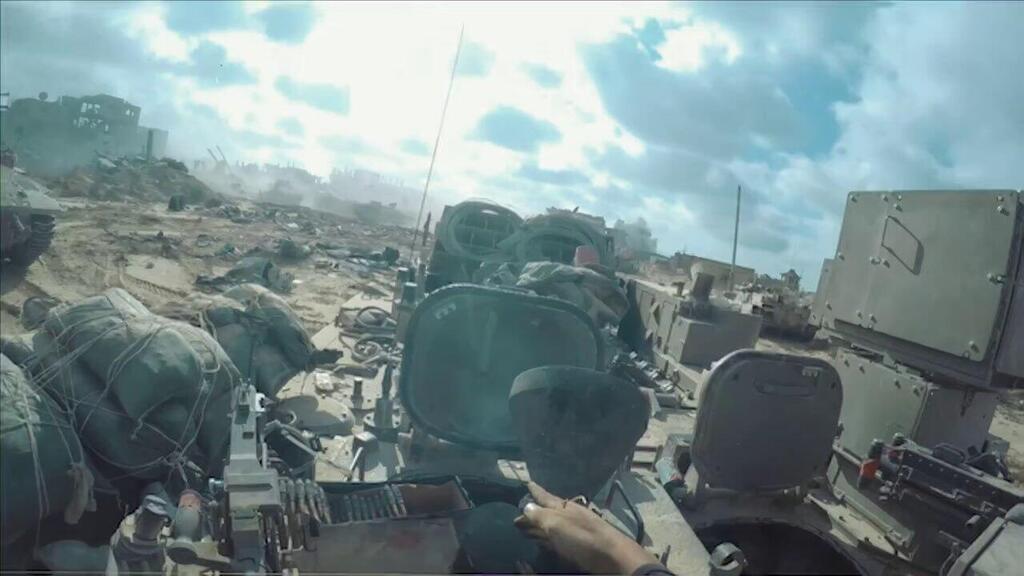

Hamas propaganda video depicts terrorist throwing Shawaz anti-tank explosive thrown into an IDF Puma armored personnel carrier in Khan Younis, killing all 7 troops inside
The military is also examining whether the Puma was equipped with perimeter surveillance systems—cameras that have been installed during the war on many older APCs such as Pumas and Achzarits, particularly in reserve battalions and often through local initiatives or even funding by reservists themselves.
In this case, however, the vehicle belonged to a regular unit, the 605th Battalion, which is subject to stricter regulations regarding the installation of non-standard equipment, even if such tools could help detect approaching terrorists from within the troop compartment.
The deadly incident occurred near the main north-south Salah al-Din Road in central Khan Younis, alongside intense fighting by the 36th Division against Hamas’ “Easterners” battalion in the city, near the Israeli border in the Abbasan neighborhoods.
The IDF had previously maneuvered extensively in these neighborhoods and in the nearby town of Bani Suheila last year, but Hamas has since rebuilt its presence there, with a tunnel network, a battalion commander who remains at large and hundreds of armed terrorists.
The 36th Division is operating in the city with four brigade combat teams, in addition to a handful of combat zones elsewhere in the Gaza Strip, such as Jabaliya and an eastern district of Gaza City.
Southern Command halted planned offensives against larger and more significant Hamas strongholds in the Gaza Strip due to a depletion of forces caused by the confrontation with Iran and the need to reinforce other sectors, including the West Bank and the northern border.
In the coming days, the IDF and the political leadership are expected to decide whether to effectively resume Operation Gideon’s Chariots, return thousands of troops to the enclave and possibly expand the ground operation deeper into Gaza City for an extended period of months—aimed, in part, at advancing the war’s objective of defeating Hamas.
The defense establishment estimates that any such decision would be gradual and phased, with implementation expected to unfold over the next two to three weeks. This would ensure that the ground threat from Iran, whether through pro-Iranian militias or terror groups such as Palestinian Islamic Jihad, has diminished or been eliminated.
In recent weeks, internal criticism has emerged within the IDF regarding the four food aid distribution centers Israel established in the Khan Younis area over the past month to serve roughly one million Palestinians daily.
“It was portrayed as if armed external guards—mercenaries from an American contractor—would manage the operation, but in reality, it engages hundreds of IDF soldiers every day in volatile confrontations,” said one military source. “Troops are tasked with securing the routes leading to these centers, where hundreds of thousands of Palestinians flood in daily, often violently, breaching red lines and approaching IDF forces—sometimes as a deliberate tactic.”
According to military officials, “this forces soldiers to fire warning shots nearly every day, secure the entry of food trucks into these areas and, in some cases, use live fire to prevent Palestinians from nearing the makeshift IDF outposts established in the captured parts of Gaza, particularly around the Morag Corridor.”
Meanwhile, reports—primarily from the United Nations—continue to mount daily, alleging that hundreds of Palestinians have been killed each week by IDF fire while attempting to reach the aid centers.
6 View gallery
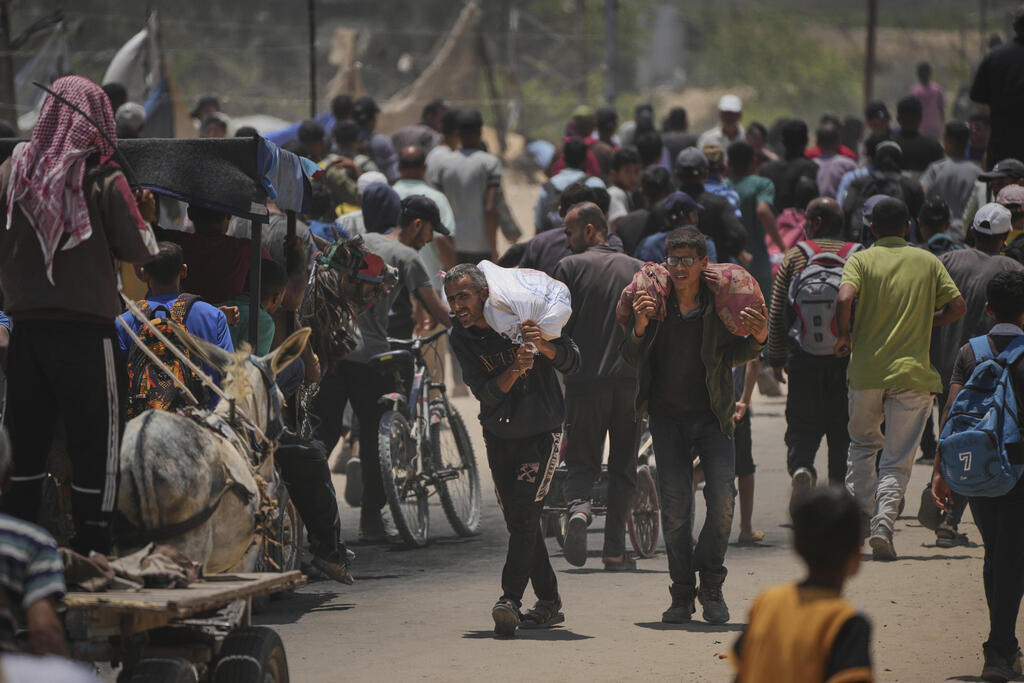

Gazans collecting supplies from an aid distribution center in Rafah, southern Gaza
(Photo: AP Photo/Abdel Kareem Hana)
The political echelon plans to double the number of these food distribution centers to eight, including new locations in northern Gaza, and has instructed the IDF to resume the entry of dozens of aid trucks for Palestinians, primarily through the Zikim crossing.
A review indicates that the IDF has no means of monitoring whether unarmed Hamas terrorists are collecting food for themselves at these centers, which distribute Israeli-produced goods. The Israeli government has neither confirmed nor denied whether the monthly funding for these supplies—amounting to hundreds of millions of shekels—comes from the state budget or from American shell companies.




